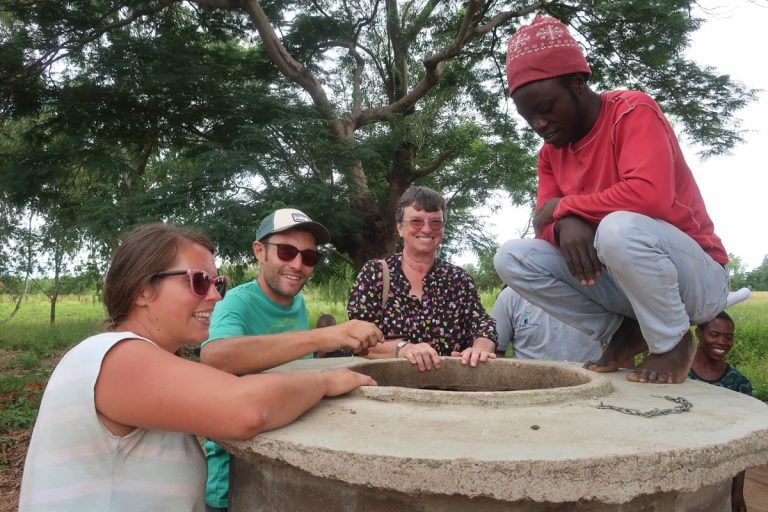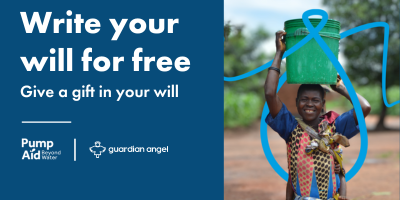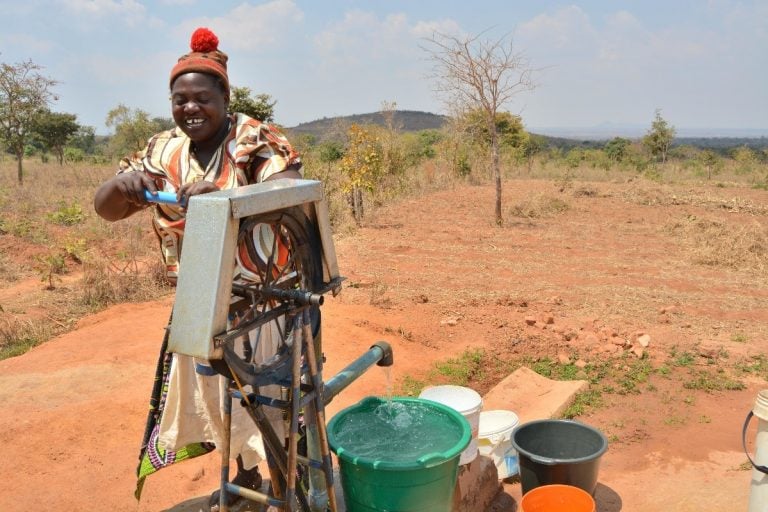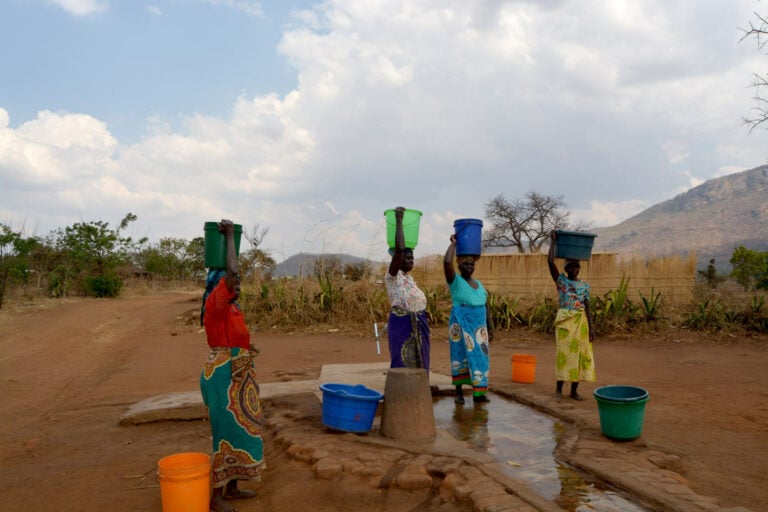CUID’s take on Dry January challenge
Author: Michelle Del Caretto, University of Cambridge
At the end of January, the Cambridge University International Development Society (CUID) partook in a committee fundraising dry January challenge centred around the theme of water, sanitation and hygiene to raise money and awareness for Pump Aid.
We kick-started the dry January challenge with a wonderful talk from a Pump Aid representative, who outlined the insane challenges of keeping NGO-funded water pumps functioning in rural Malawi and how their water entrepreneur scheme tackled this challenge, by giving agency to local residents.
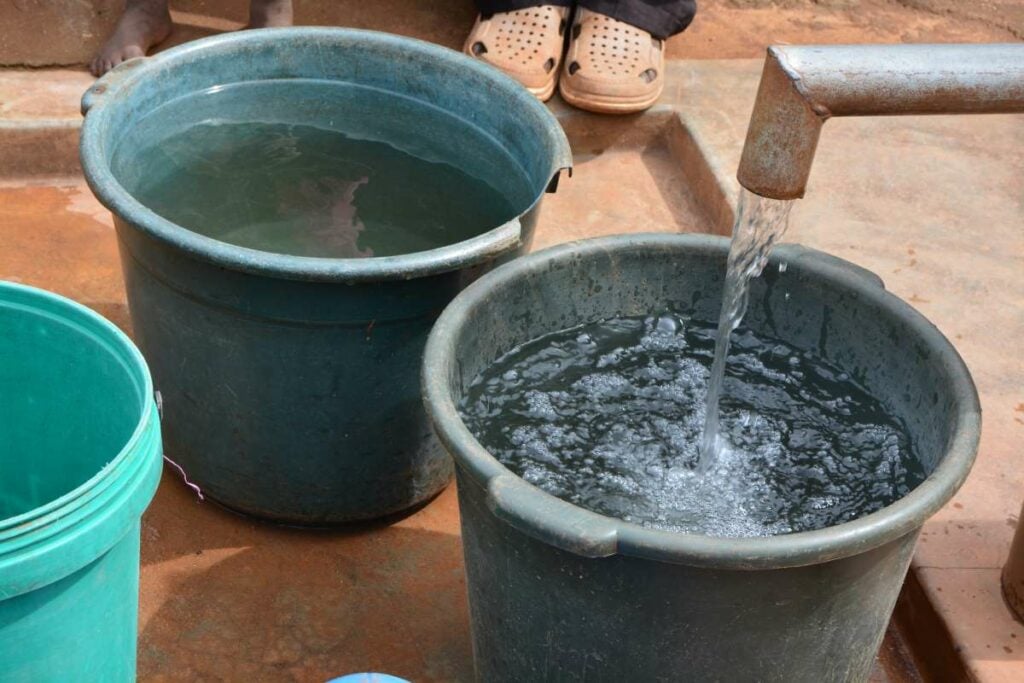
Motivated to understand the difficulties of living off 23 litres a day (the Sub-Saharan African average), I started my evening equipped with a list that detailed how much water various activities required (e.g. 6L per toilet flush) as well as how much water was used by a running tap each minute (6 Litres per minute).
Instantly, I had almost extinguished my daily quota; I cooked some pasta, washed the dishes, and went to the toilet. These everyday activities and chores cost me 17 Litres! Our dry January challenge lasted 7 days and almost every day, I exceeded the limit we set ourselves.
Only one day did I succeed in using under 23 Litres, and it was a day I didn’t cook for myself. So really, my water consumption was simply reallocated to a third party. Effectively over the dry January challenge, myself and participating committee members were rendered massively more aware of how restrictive it is to live off such limited quantities of water.
It isn’t just about quantity, which of course already creates a barrier to hygiene, but also the quality of the water itself.
Throughout the dry January challenge, I kept in mind that despite our efforts to restrict our water usage, we still had two key advantages; in the UK we use clean, running water. It isn’t just about quantity, which of course already creates a barrier to hygiene, but also the quality of the water itself.
Many people have no choice but to fetch their water from multiuse, sometimes stagnant water sources. These are breeding grounds for pathogenic bacteria, viruses and other parasites. It comes as a devastating truth that diarrheal diseases are one of the leading causes of mortality for children under 5 in low-income countries.
During the dry January challenge, I was reminded of my own childhood experience; I myself caught Shigella, one of these diarrheal diseases, at around 5 years of age whilst living in India. This was despite having the privilege of running water (although, it may not always have been clean even though my family took measures to filter the water).
I deteriorated over a couple of days, by which point I was already hallucinating due to dehydration. Unlike so many, I was fortunate enough to have had access to a hospital nearby which was able to provide urgent treatment.
If anything, my most shocking realisation during this dry January challenge was that access to clean water is the first step. Price of healthcare, and distance to the closest appropriate facilities are worldwide barriers to effective treatment; prevention is one of the most effective and realistic intervention strategies.
Additionally, it has knock on effects on other aspects of everyday life such as time saved for women and young girls (who are often responsible for water collection), effective irrigation of crops and decreases in prevalence of malarial parasites in nearby stagnant water sources. This first step starts with access to running water, a challenge that Pump Aid and their local Malawian partners are tackling head on, by repairing existing pump infrastructure.
